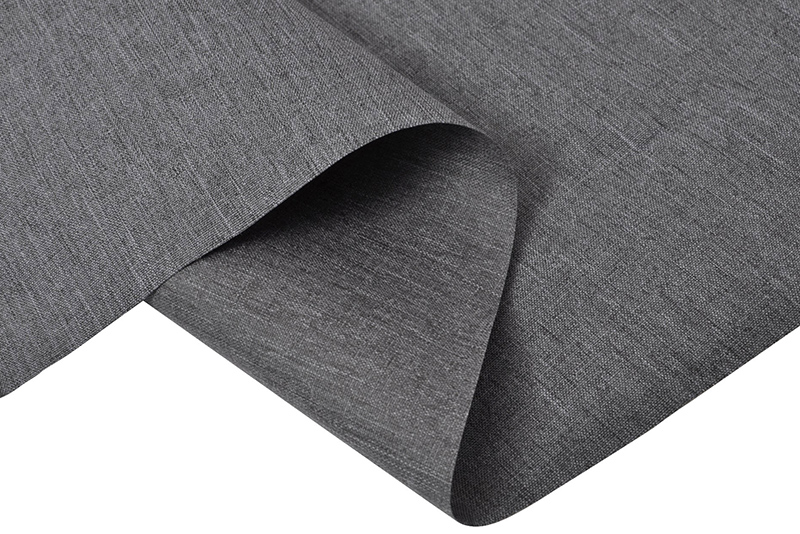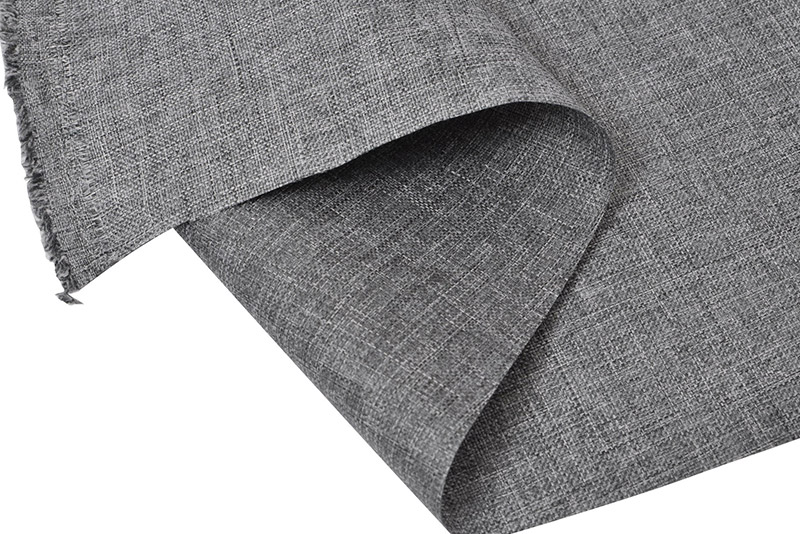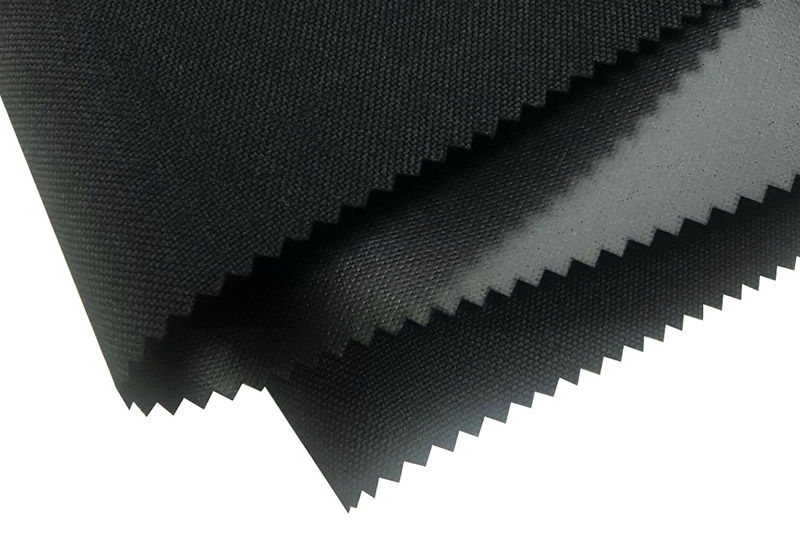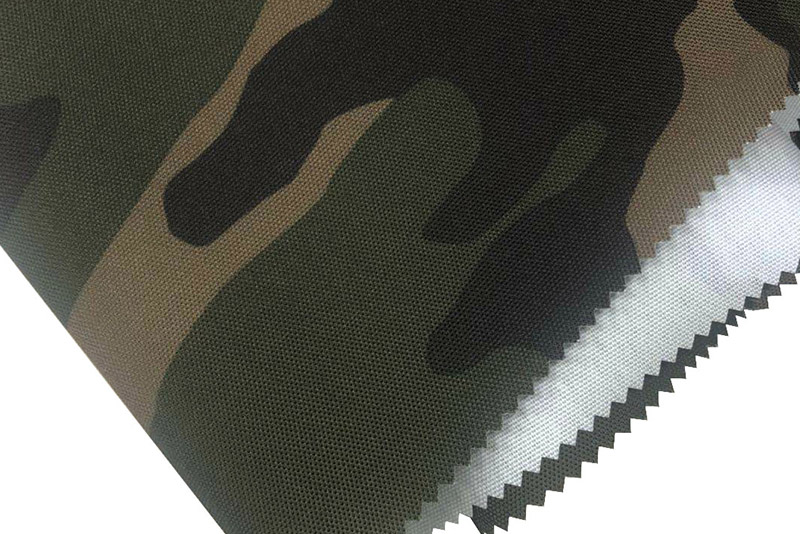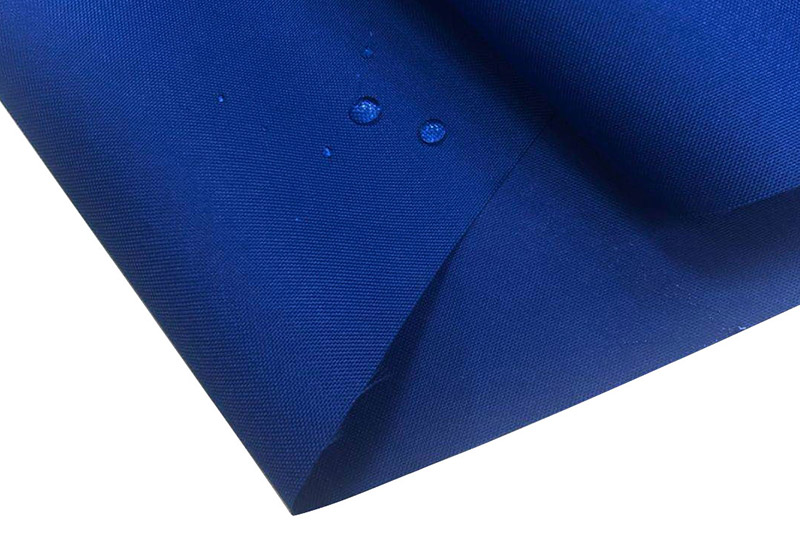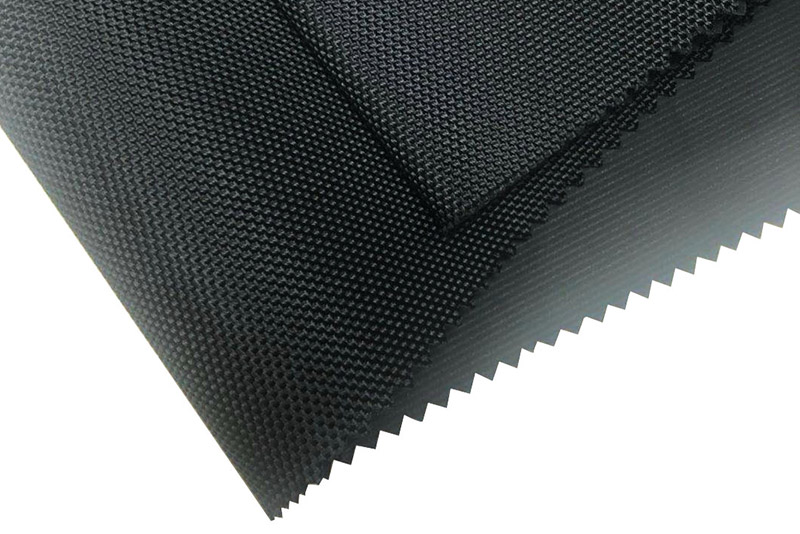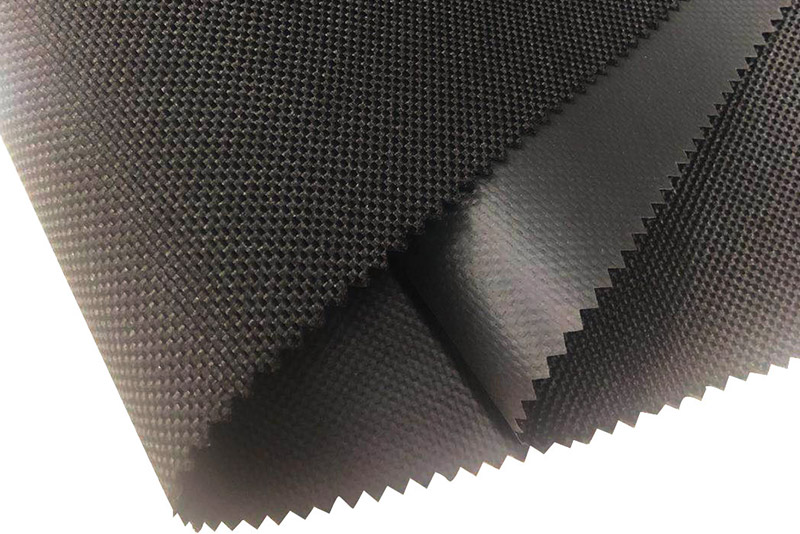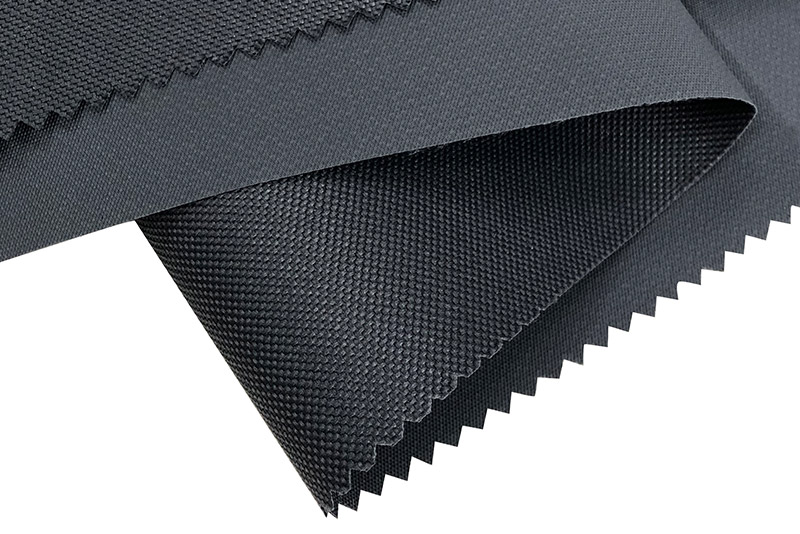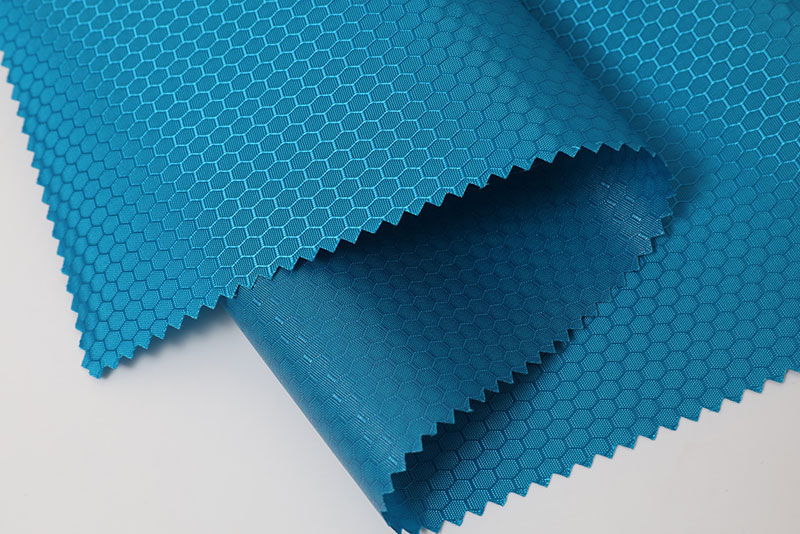In the ever-evolving world of textiles, oxford fabric has carved out a niche as a material that seamlessly combines style and functionality. From casual shirts to durable uniforms, this versatile fabric is celebrated for its unique texture, durability, and adaptability. But is oxford fabric truly the ultimate blend of style and functionality in modern textiles? Let’s explore its defining characteristics and applications to answer this question.
A Durable Material with Everyday Appeal
One of the most significant advantages of oxford fabric is its exceptional durability, making it a go-to choice for everyday wear and heavy-duty applications alike. Constructed using a basket weave pattern—where two or more warp threads cross over an equal number of weft threads—the fabric achieves a sturdy structure that resists wear and tear. This makes it ideal for items that need to withstand frequent use, such as uniforms, workwear, and upholstery.
For example, in the hospitality industry, oxford fabric is often used to create staff uniforms due to its resilience and professional appearance. Its ability to maintain shape and resist wrinkles ensures that employees look polished throughout their shifts, even in demanding environments. Similarly, in home decor, oxford fabric is used for cushions, slipcovers, and drapes, offering both aesthetic appeal and long-lasting performance.
The fabric’s breathability further enhances its practicality. While oxford fabric is robust, it also allows air to circulate, making it comfortable for extended wear. This characteristic is particularly beneficial in warm climates or active settings, where comfort is as important as durability. For instance, oxford shirts are a wardrobe staple for professionals who need to stay cool and composed during long meetings or outdoor events.
Moreover, advancements in dyeing and finishing techniques have expanded the versatility of oxford fabric. Vibrant colors, fade-resistant treatments, and stain-repellent coatings make it adaptable to diverse applications, from fashion runways to commercial interiors. This adaptability ensures that oxford fabric remains relevant in an era where customization and performance are highly valued.
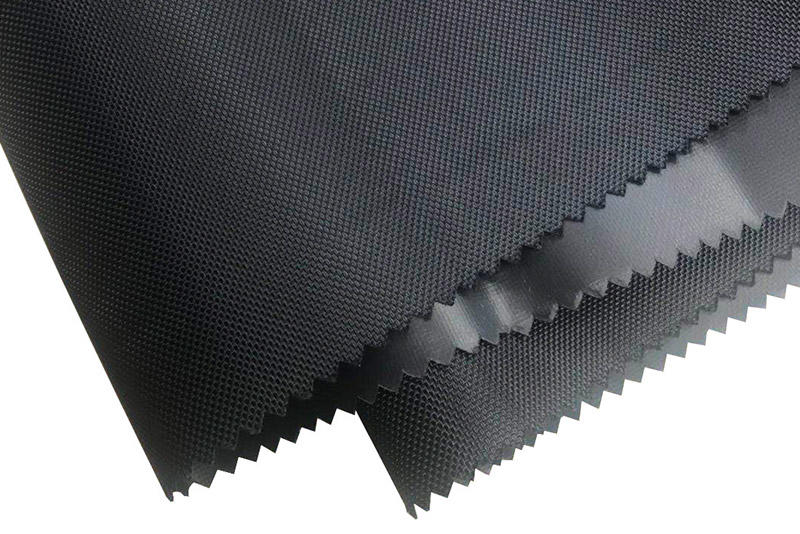
Elevating Style with Versatile Design Options
Another standout feature of oxford fabric is its ability to elevate style without compromising on functionality. Available in various weights and textures, oxford fabric caters to a wide range of design preferences, from lightweight dress shirts to heavyweight outerwear. Its subtle sheen and textured surface add visual interest, making it a favorite among designers seeking to create garments and accessories with a refined yet approachable look.
For instance, in menswear, oxford cloth button-down (OCBD) shirts are iconic for their timeless appeal. The fabric’s slight texture and matte finish exude understated elegance, making them suitable for both casual and semi-formal occasions. Women’s fashion also embraces oxford fabric, using it to craft blouses, skirts, and dresses that balance sophistication with ease of care.
In addition to apparel, oxford fabric shines in accessories and lifestyle products. Backpacks, tote bags, and hats made from this material offer a perfect mix of durability and style, appealing to urban commuters and outdoor enthusiasts alike. The fabric’s natural resistance to abrasion ensures that these items remain functional and fashionable, even after prolonged use.
The versatility of oxford fabric extends to interior design as well. Upholstered furniture, table linens, and decorative accents crafted from oxford fabric bring a touch of refinement to living spaces while maintaining practicality. Its ability to hold bold prints and rich hues ensures that it complements a variety of design styles, from minimalist modern to rustic farmhouse.
Addressing Concerns and Future Innovations
Despite its many advantages, oxford fabric faces certain criticisms. For example, some purists argue that its synthetic blends detract from the authenticity of natural fibers. However, ongoing innovations in sustainable manufacturing are addressing these concerns by incorporating recycled polyester or organic cotton into the blend. These eco-conscious practices reduce the environmental impact of the fabric while maintaining its desirable qualities.
Looking ahead, researchers are exploring ways to enhance the biodegradability of oxford fabric, ensuring that it aligns with global efforts to combat textile waste. Smart textiles embedded with temperature-regulating or antimicrobial properties could further elevate its functionality, making it a leader in next-generation materials.



 English
English 简体中文
简体中文 русский
русский Español
Español